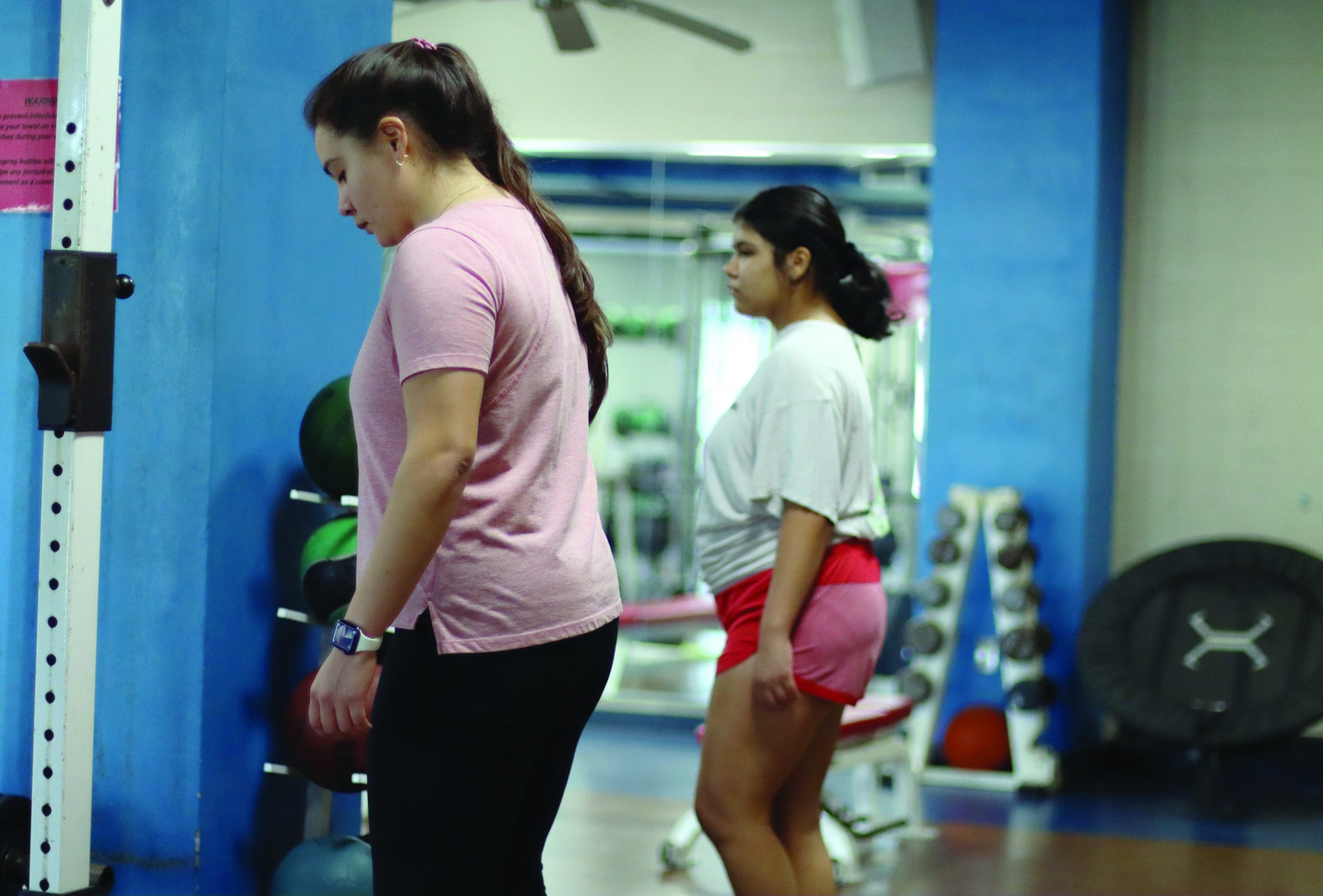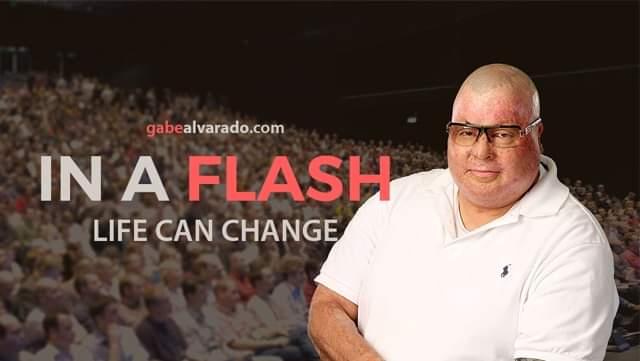Sarah Fecht
Reporter
The Coastal Bend Blood Center visited Del Mar College’s East Campus Feb. 16-18 seeking blood donors. The Mobile Blood Drive Department comes to East and West campuses at least once a month and stays for two to three days in hopes that students and faculty will be willing to donate blood to give life to others.
“Giving blood is important because blood cannot be manufactured, it can only be taken from someone else,” said Megan Hunt, a lobotomy assistant for the Coastal Bend Blood Mobile and a Del Mar College nursing student. “By each donation, people are able to save up to three lives.”
Most everyone is capable of giving blood but many choose not to because of fear or an uncertainty as to whether they are eligible.
“It’s very rare if people can’t donate blood; only those who have certain blood or cardiac disorders may prevent them from giving blood, but most people can give blood,” Hunt said. “The most common misconception is that if you have diabetes then you can’t donate and that’s not the case. We just encourage that you eat a full meal and that your sugars are maintained.”![]()
![]()
According to Hunt, the procedure is not difficult but is quick and convenient.
“The entire process on average takes about 20-25 minutes; that’s total from the questionnaire, screening and lobotomy procedure,” Hunt said.
Kari Olson, a Del Mar student in the dental hygiene program, knows the importance of donating blood.
“My father had cancer, my mother had cancer and both needed a lot of blood transfusions. I’m giving blood today to save lives and to give back,” Olson said.
Del Mar College has been generous in its giving. According to the Coastal Bend Blood Center, “Del Mar College collected the most units of blood in 2014, collecting a total of 603 units and hosting 21 drives for the year in 2014.”
Not only does giving blood benefit others, it can benefit you as well. By donating blood, you can find out what blood type you, which may be critical to know in an emergency. Donors also receive coupons to local restaurants and points to use on the blood center’s rewards website.
4 BLOOD TYPES
Type O – 45 percent of the population. Universal red cell donor and can give red cells to all blood types; should donate double red cells/whole blood.
Type A – 40 percent of the population. Second most common blood type; should donate whole blood/plasma/platelets
Type B – 11 percent of the population. This type must receive Type B or Type O products; should donate whole blood.
Type AB – 4 percent of the population. Universal plasma and platelet donor; can give plasma and platelets to all blood types; should donate plasma/platelets.





